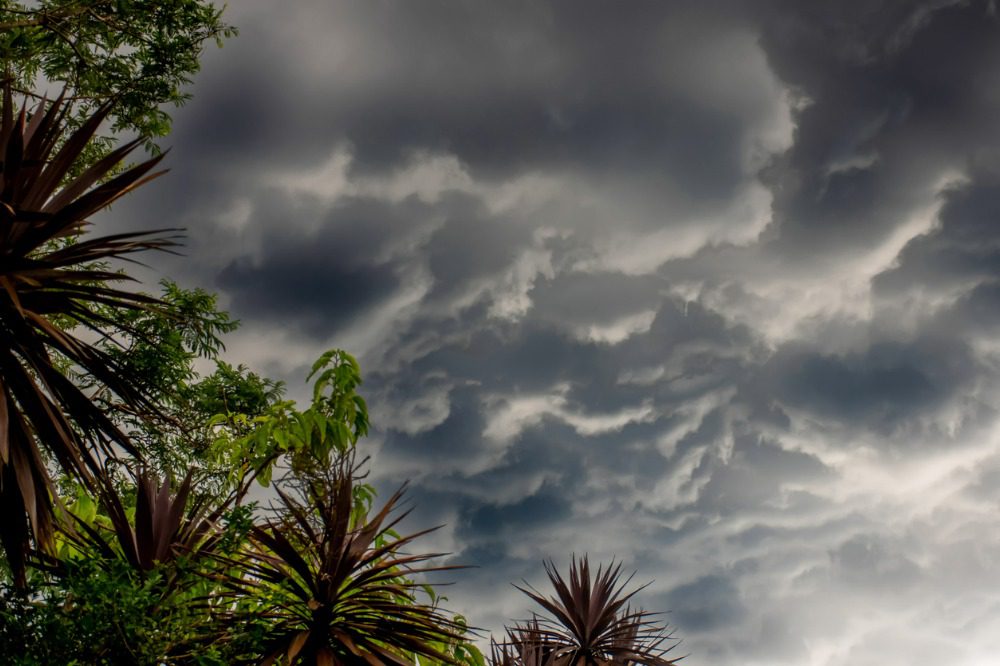ICA urges Australians to prepare for La Nina

The Insurance Council of Australia (ICA) has advised Australians to prepare their properties for a wet spring and possibly summer across eastern Australia following the Bureau of Meteorology’s (BOM) declaration of a La Nina weather pattern.
The ICA published its top five preparation steps to help Australians prepare for the heavy rainfalls better:
Review all building, contents, and landlord insurance policies, specifically coverage for flood and storm and temporary accommodation for people and pets.
Review your building and contents sum insured to check if the insurance sum matches current replacement, repair, and rebuild costs for your home and contents. Using a building and contents insurance calculator to check the current value helps avoid the shock of finding out you are underinsurance after an event.
Prepare a room-by-room inventory of the contents of your home to help determine if you have enough insurance and save time when making a claim.
Ensure you are covered now before the La Nina rain falls because some insurers may place a temporary embargo on new policy sales if storm and flooding are imminent.
Inspect your property and take practical steps, such as clearing the gutters and downpipes to help water escape to reduce the risk of overflow and damage to walls and ceilings. Additionally, ensure your roof, windows, and doors can withstand heavy rainfall.
“The last couple of years have shown the impact that heavy rains can have on property, livelihoods, and our own well-being,” said ICA CEO Andrew Hall. “We can’t control the weather, but there are practical steps we can all take to reduce the risk storm and flood can bring or make [a] recovery from those events easier.”
Read more: ICA announces date change for Lismore insurer-customer meetings
This is the third year in a row that La Nina has been forecast for eastern Australia. In 2021 and 2022, La Nina rain patterns led to catastrophic floods across many communities in southeast Queensland and New South Wales (NSW) – known as Australia’s costliest flood and third-costliest natural disaster.
According to the ICA, the 2021 and 2022 combined insurance damage bill for the La Nina-generated east coast storm and flooding reached a whopping $5.92 billion, with more than 296,000 claims lodged.
A recent report commissioned by the ICA further revealed that the average annual household cost of extreme weather had been $888 over the last 10 years, with the figure expected to jump to more than $2,500 per year in 2050 – totalling $35.24 billion every year (in 2022 dollars) for the direct costs of extreme weather.





